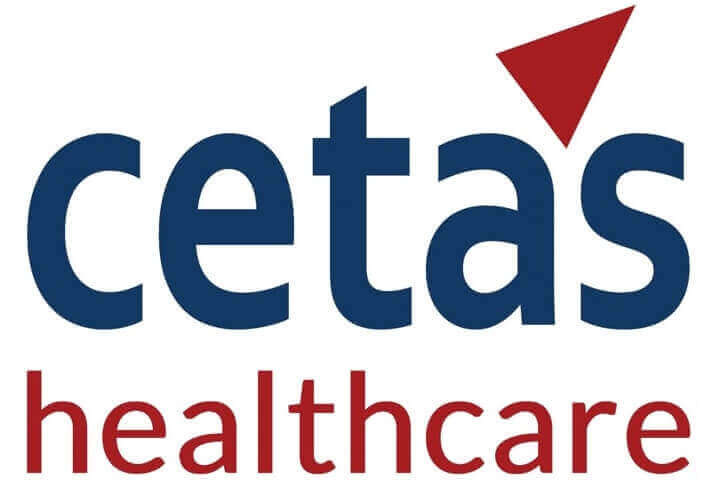X
As healthcare systems across Europe continue to evolve, the demand for advanced imaging technologies—such as ultrasound, MRI, CT scans, and AI-driven imaging tools—remains strong. Hospitals and healthcare facilities are under pressure to balance operational efficiency with the need to adopt cutting-edge technologies.
While expenditures tend to vary across different quarters, there is a consistent pattern of higher spending observed toward the latter part of the fiscal year, driven by budget management practices and grant allocations.
In this blog, we explore the current spending trends, factors that influence budget, and the growing demand for innovative diagnostic imaging equipment across European healthcare systems.
Budget Decreases: Some healthcare facilities are seeing reductions in their diagnostic imaging equipment budgets due to the following reasons:
Budget Increases: Despite the aforementioned factors contributing to budget decreases, there are instances where budget increases may also occur due to several reasons, including:
The spending patterns for diagnostic imaging equipment in European healthcare facilities tend to vary across quarters, but a notable trend is higher spending in the third and fourth quarters of the fiscal year. This uptick is often linked to:
The diagnostic imaging equipment market in Europe is shaped by a dynamic interplay of budget constraints and technological advancements. While some healthcare facilities face reduced budgets due to shifting priorities or financial limitations, others continue to invest in advanced imaging technologies to meet increasing diagnostic demands. Are you curious to understand your target market? Cetas Healthcare can provide strategic insights to help MedTech businesses capitalize on market trends and stay ahead in the game. Contact us today.


We provide the best insights for your business
